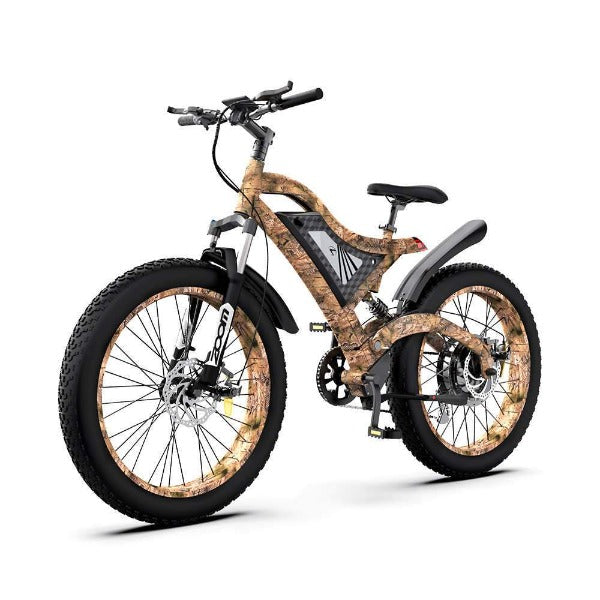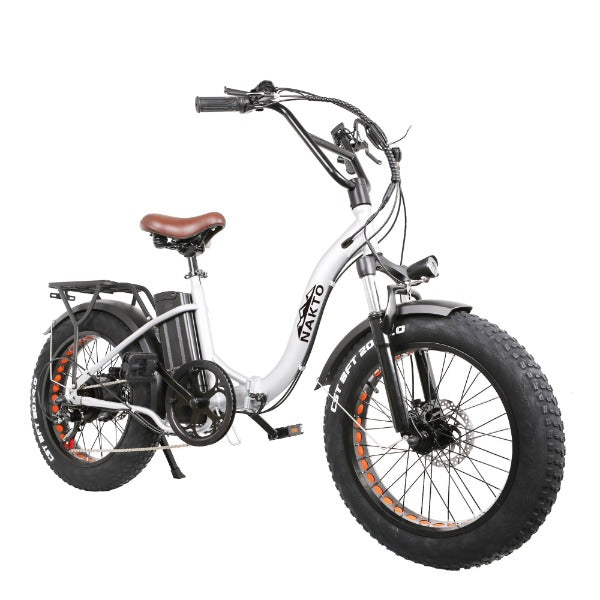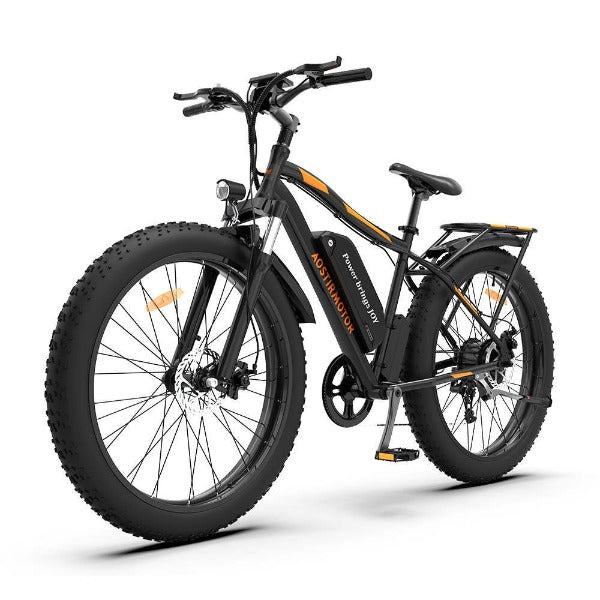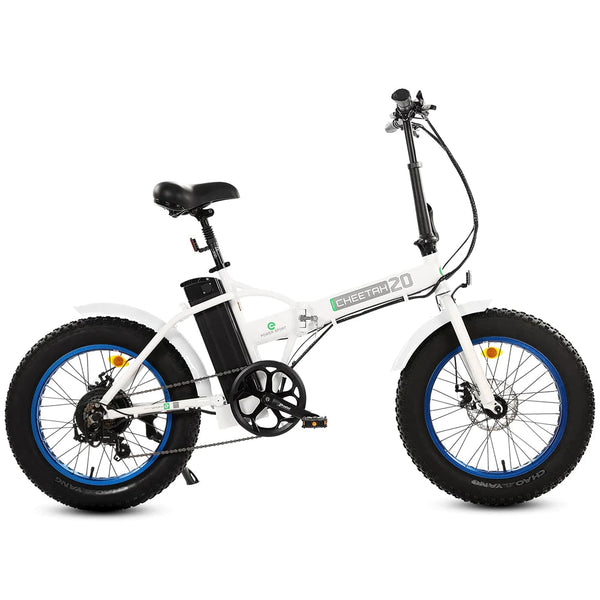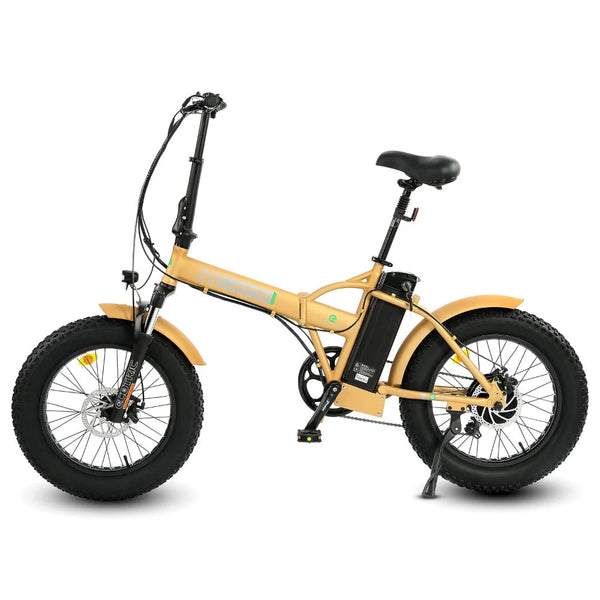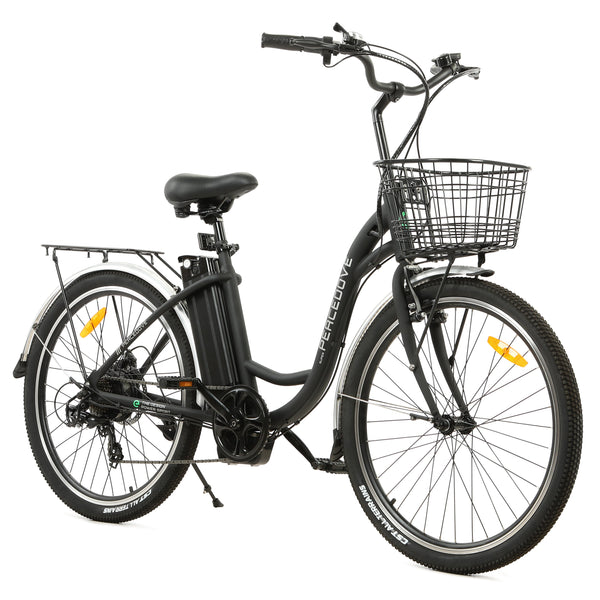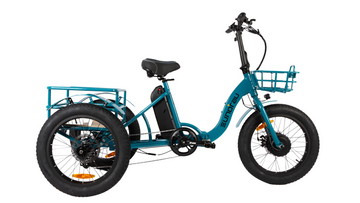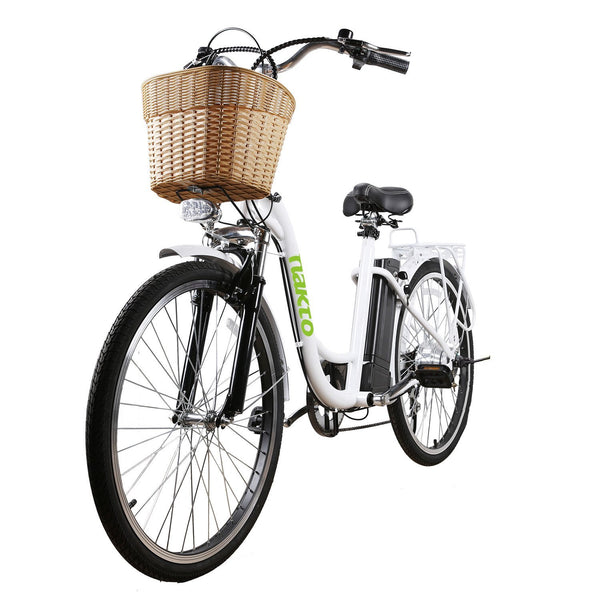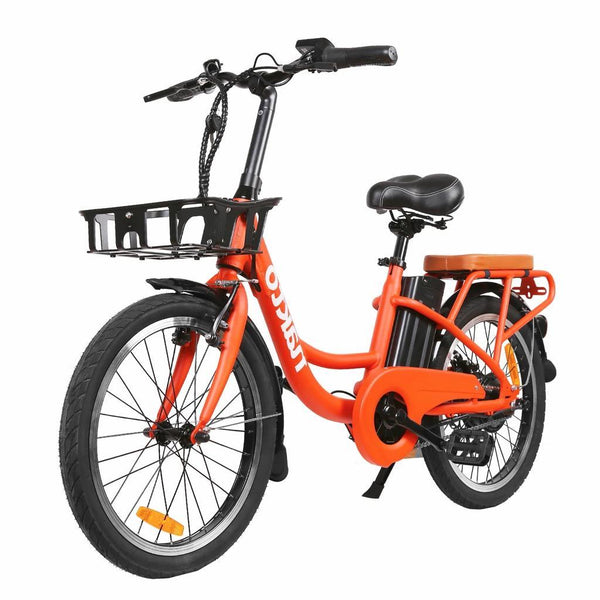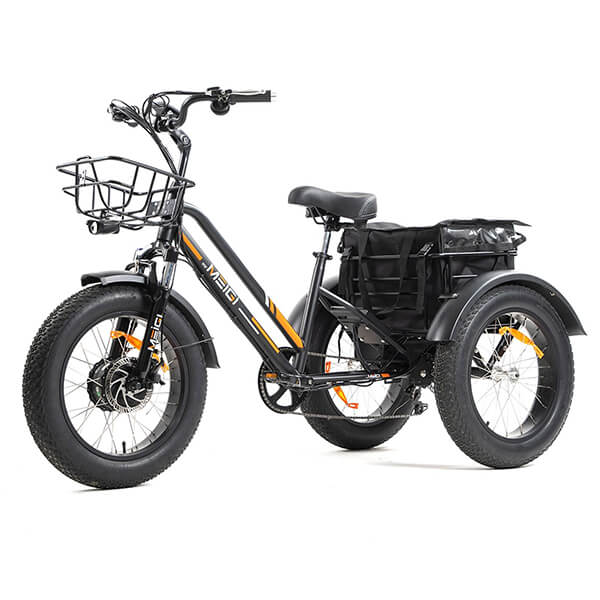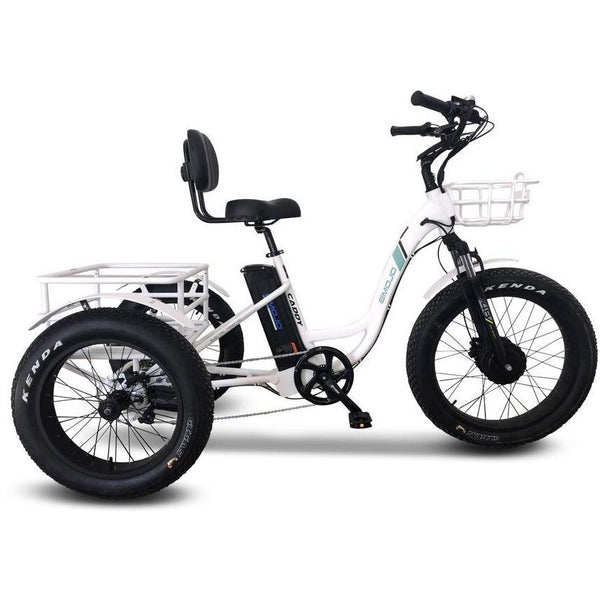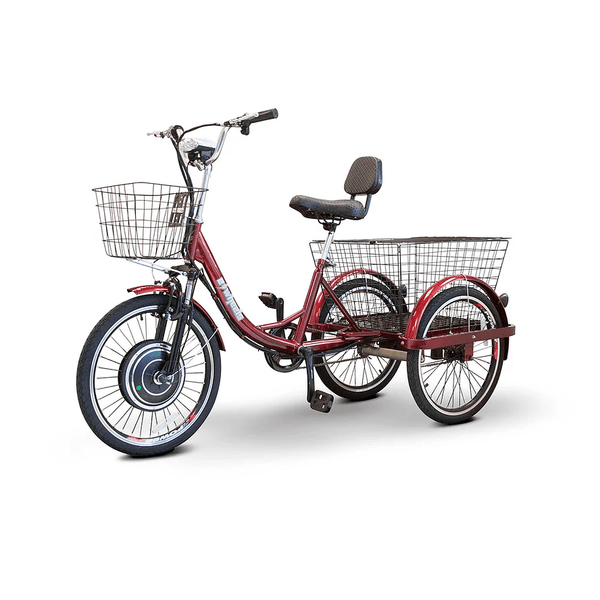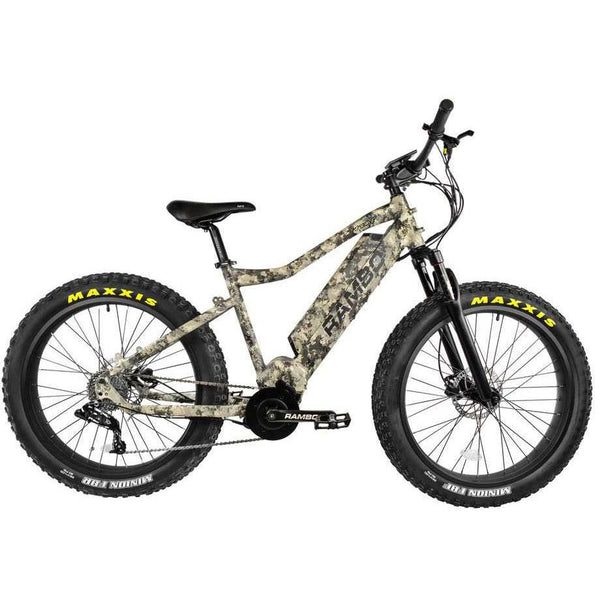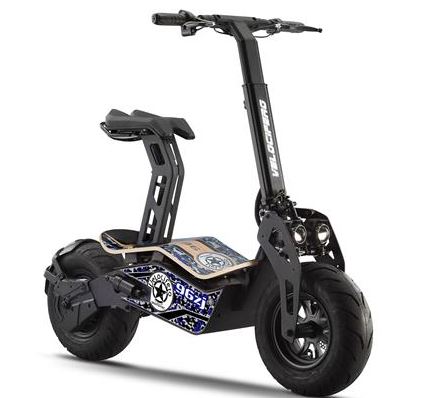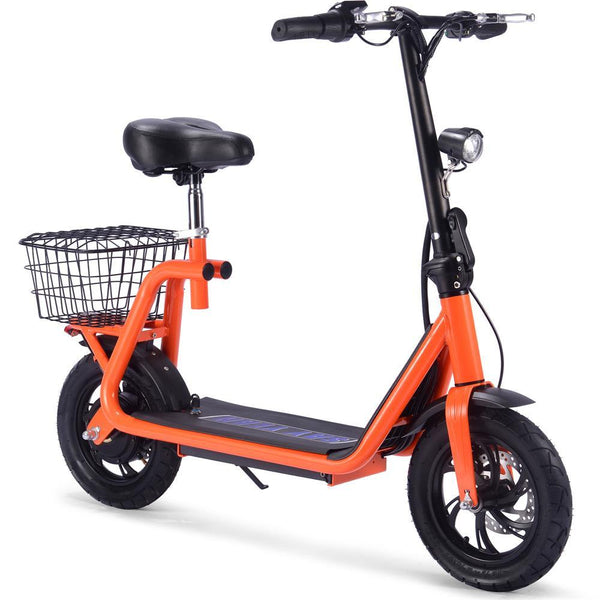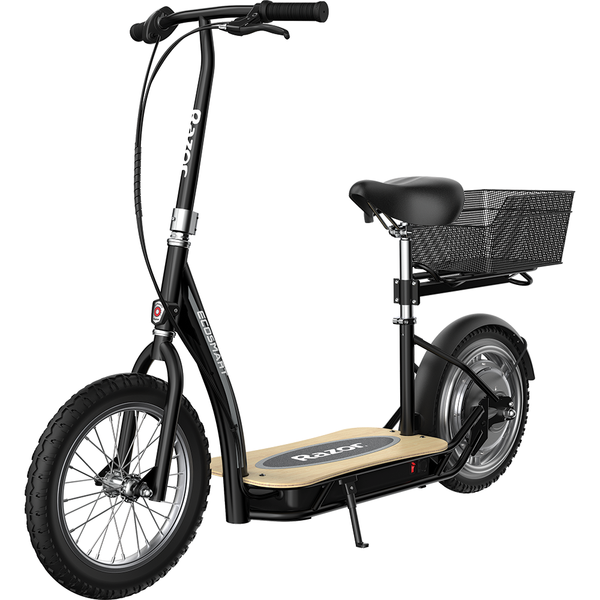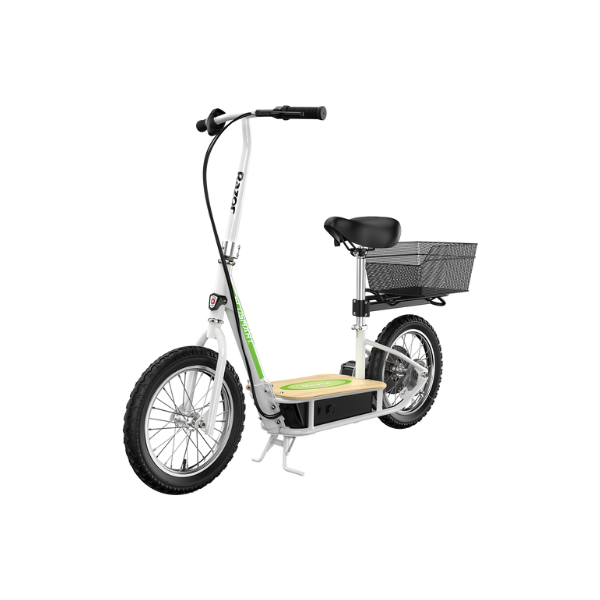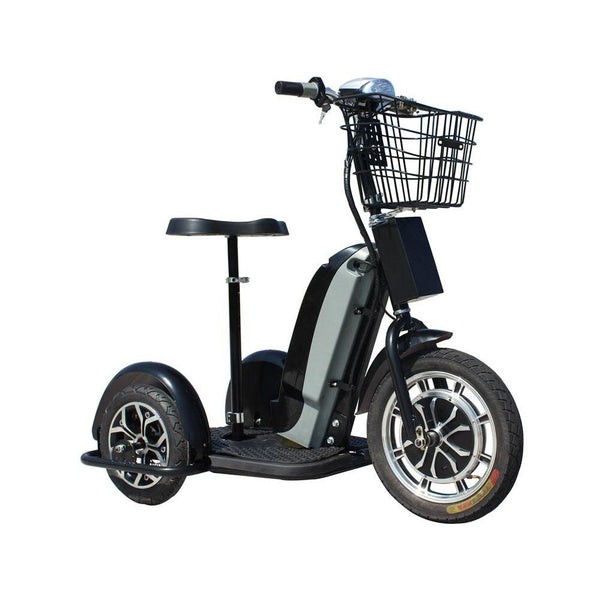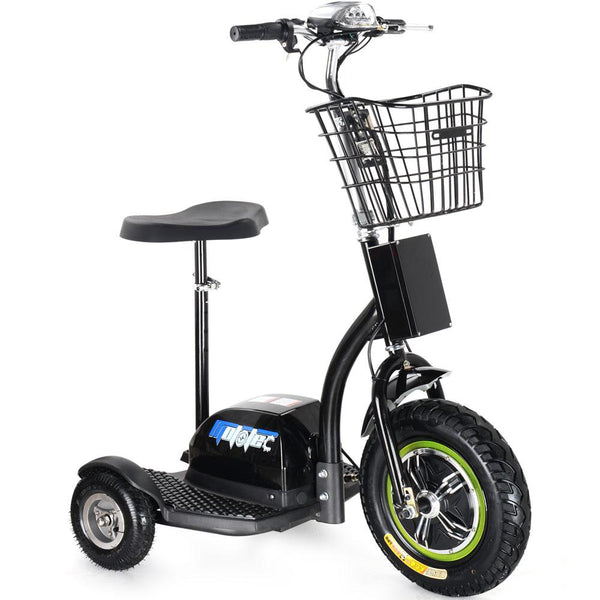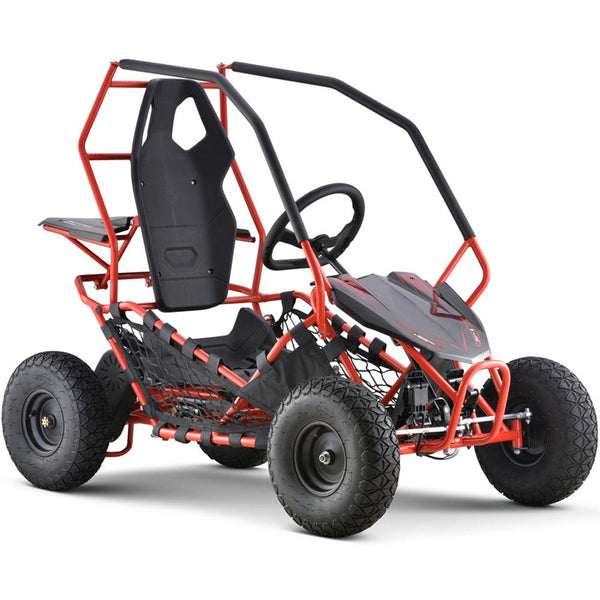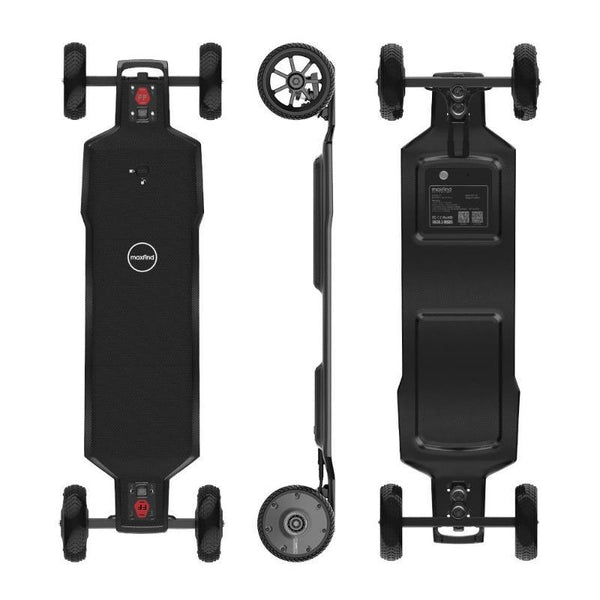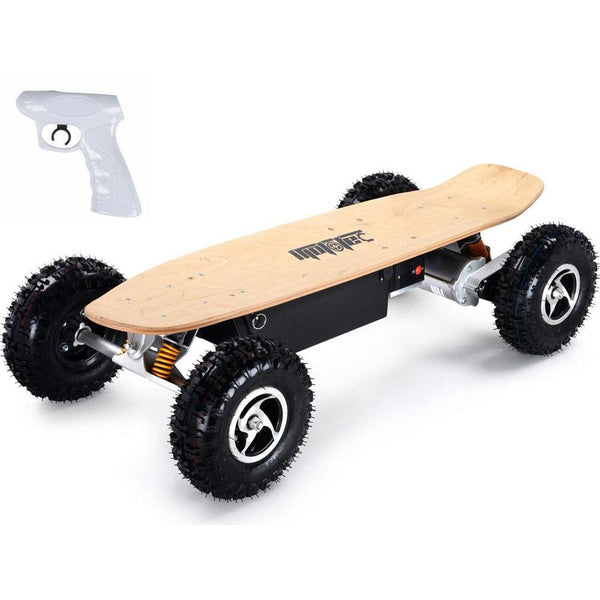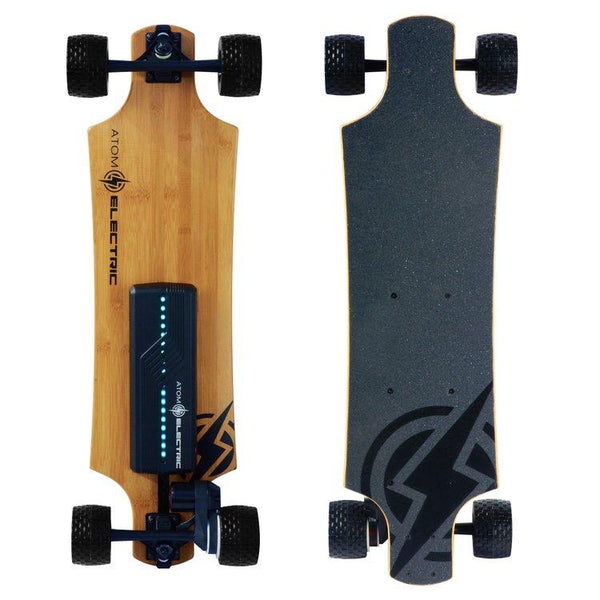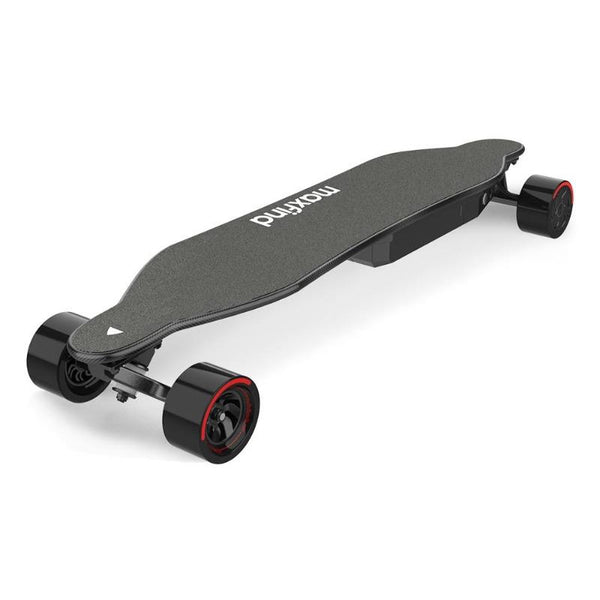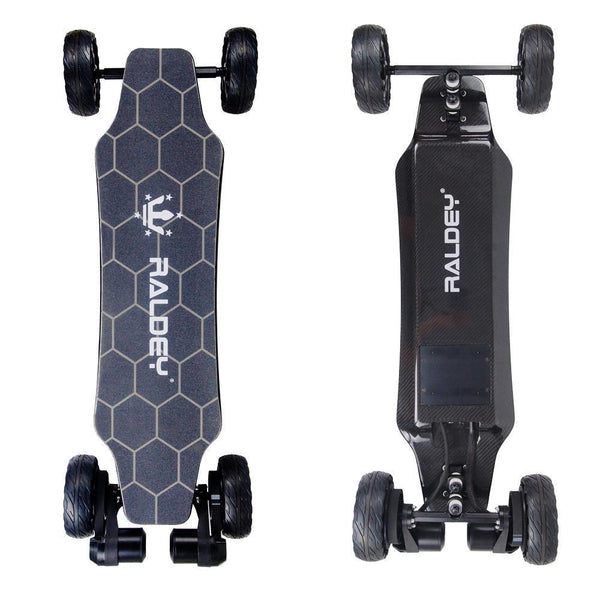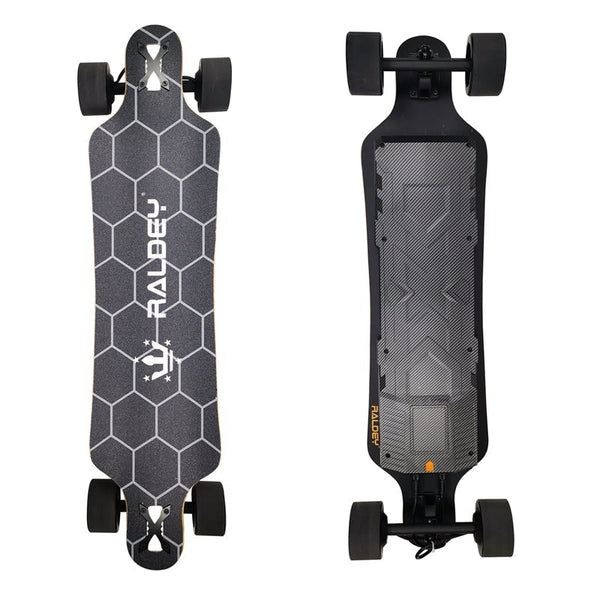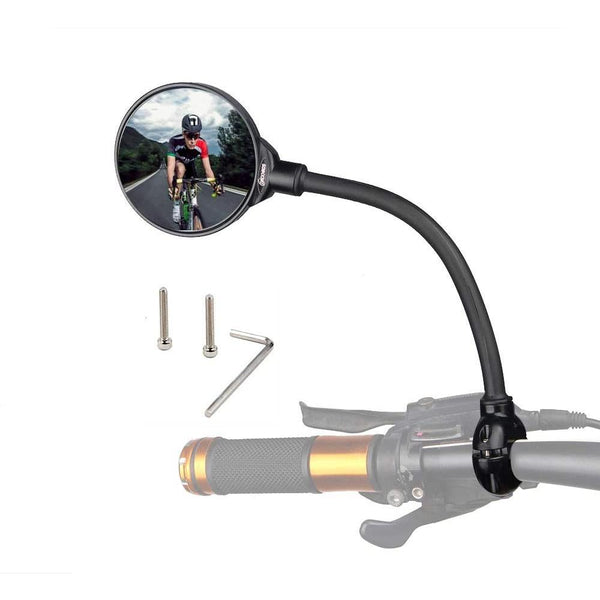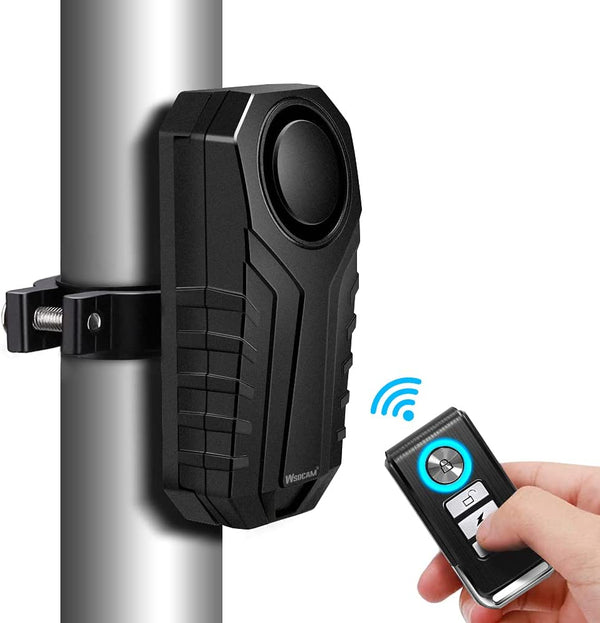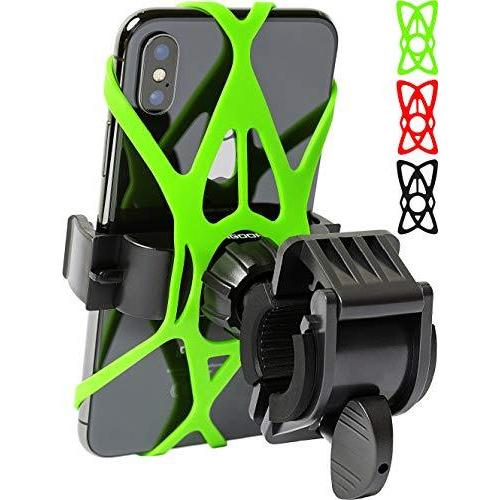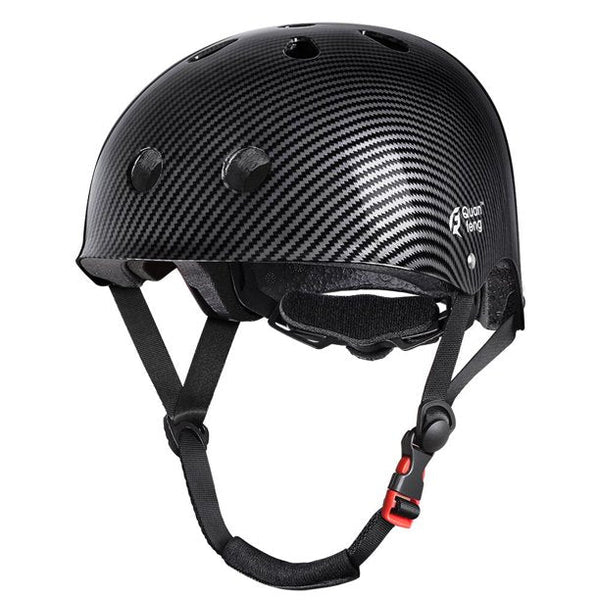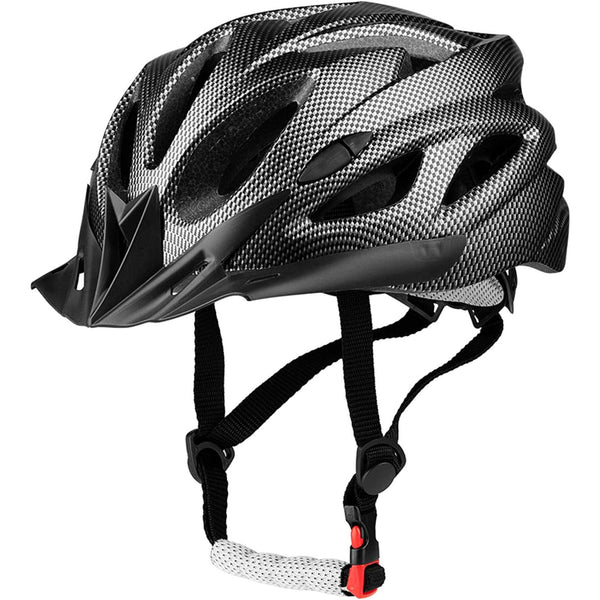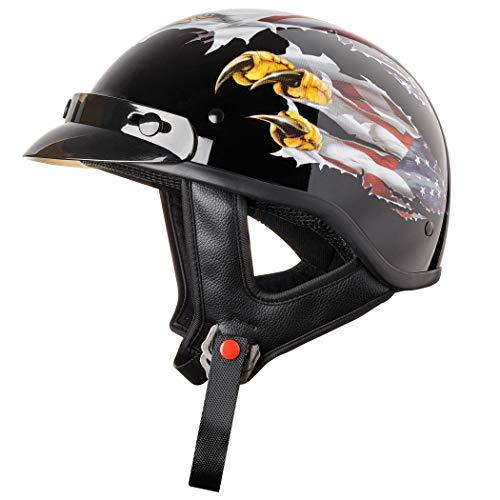Bike riders looking to make the transition to electric bikes now face a choice they didn't have before: which type of ebike battery should they choose? With so many varieties on the market, figuring out what's best for your riding needs can be challenging.
Whether you're a casual commuter or a serious cyclist, learning about the different kinds of batteries available will help ensure that you buy the one that is perfect for your needs.
In this post, we'll discuss various electric bike battery types and provide tips on choosing an electric bike that best fits your lifestyle and budget.
Finding the Right Electric Bike and Battery Type for You
The eBike market is incredibly diverse, with many other manufacturers and brands offering a wide variety of options to cater to different rider needs and preferences. We did the research, and these three ebike models are some of our best picks based on their electric bike battery types.
1. eProdigy Banff
The battery pack for the eProdigy Banff fits smoothly inside the rear rack. The bike is designed with comfort and ease of use in mind, making it an excellent choice for casual riders and commuters.

Here are some key features of the eProdigy Banff:
- 750W mid-drive motor, which provides balanced weight distribution and efficient power transfer.
- 48V/11.6Ah lithium-ion battery, offering the perfect range for city commuting or leisurely rides.
- A low-step frame design allows for easy mounting and dismounting. This is particularly beneficial for riders who may have mobility issues.
- A 7-speed Shimano drivetrain is helpful for different riding conditions.
- A plush saddle and an upright riding position make any ride more comfortable.
- Five levels of pedal assist lets you choose the amount of help you want from the motor.
2. Eunorau FAT-HD Electric Mountain Bike
If you're looking to spend the whole day exploring the outdoors, then you will definitely want to check out the Eunorau FAT-HD Electric Mountain Bike.

The Bafang 1000-watt motor will give you plenty of power, and the 48V/15.6Ah ebike battery gives you a range of 40 miles. It's a solid choice for those seeking a durable, powerful electric bike capable of handling various terrains and conditions.
Other great features include:
- A sturdy and lightweight aluminum alloy frame.
- An RST GUIDE 1000mm Travel Front Fork to provide shock absorption and improve ride comfort on uneven terrain.
- Kenda Krusade Sport Tires 26 x 4.0 with K-Shield Protection offer excellent traction and stability on various surfaces, including mud, snow, sand, and gravel.
- You can choose between getting a workout or letting the motor do the work with pedal assist and throttle modes.
3. Revi Bikes OG Cheetah Bike
Get ready to turn heads everywhere you go with Revi Bikes OG Cheetah Bike. This bike has style. The bike's design is inspired by vintage motorcycles, with features like a faux gas tank that hides the battery pack and a large round LED headlight.

It also comes with the following:
- A 750W motor provides enough power to reach speeds up to 28 miles per hour.
- It uses a 48V/17.5Ah battery, which allows you to range up to 35 miles on a single charge.
- Fat tires that offer increased stability and comfort.
- A comfortable gel spring-loaded saddle and an upright riding position for enhanced comfort.
History of Ebike Battery Types
The history of electric bike batteries links closely to the progression of electric bikes and battery technology.
Electric bicycles were first documented in patents from the 1880s and 1890s, but the actual development of eBike batteries began much later.
In the early days, electric bicycles primarily used lead-acid batteries due to their low cost and availability. However, these batteries were heavy, had a short lifespan, and provided limited range, restricting the practicality and popularity of early electric bikes.
The 1990s saw a significant leap in ebike technology with the introduction of the pedal-assist system. During this time, Nickle-Cadmium (NiCd) electric bike battery types started to replace lead-acid batteries. NiCd batteries were lighter and had a longer lifespan, but they suffered from "memory effect," which reduced their effectiveness over time.
The late 1990s and early 2000s brought another major shift with the advent of Nickel-Metal Hydride (NiMH) electric bike battery types. These batteries had twice the capacity of NiCd batteries and didn't suffer from the memory effect, making them a better choice for eBikes. However, the real game-changer came with the introduction of Lithium-ion (Li-ion) batteries.
First appearing in eBikes in the mid-2000s, Li-ion electric bike battery types offered high energy density, lightweight, and long life spans. They could also handle many charge cycles without significant capacity loss. This breakthrough dramatically improved the performance of eBikes, making them a viable alternative to traditional bicycles and even cars for commuting.
Key Features of Electric Bike Battery Types

Understanding the terminology will help you when you are looking at different ebike battery types. They have several key features critical to electric bikes' performance and longevity. Here are some of them:
Voltage
The voltage of an ebike battery typically ranges from 36v to 48v. A higher voltage results in higher power output, allowing for faster speeds.
Capacity
Measured in Amp-hours (Ah), it determines the range that an electric bike can travel on a single charge. Larger capacity means more extended range.
Energy Density
This refers to how much energy the battery can store relative to its size. Batteries with high energy density will be smaller and lighter, making them ideal for eBikes.
Chemistry
Most eBike battery types use lithium-ion technology due to their high energy density and long lifespan. However, other types, like lead-acid and nickel-cadmium, are also used in some cases.
Battery Management System (BMS)
A BMS is essential for protecting the battery from overcharging, overheating, and deep discharge. It also ensures all cells within the battery are balanced for optimal performance and lifespan.
Form Factor
Electric bike battery types come in various shapes and sizes, designed to fit different styles of ebikes. Some are integrated into the frame for a sleek look, while others, such as the frame or rear rack, are mounted externally.
Lifecycle
The lifecycle of an ebike battery refers to the number of full charge and discharge cycles the battery can handle before its capacity is significantly reduced. Most ebike batteries have a life cycle of around 500-1000 cycles.
Electric Bike Battery Types Budget Considerations
When considering purchasing an electric bike, budget is a key factor. And, the cheapest eBike isn't necessarily the most cost-effective. It's essential to consider both the upfront and long-term costs of an eBike.
Here are some important budget considerations:
Initial Cost
The price of eBikes can vary widely based on factors such as the type of bike, quality of components, brand reputation, and more. It's important to balance cost with quality and your specific needs.
Battery Life and Replacement Cost
The battery is one of the most expensive parts of an eBike. Consider how long the battery will last and how much it will cost to replace an ebike battery. Cheaper bikes may have lower-quality batteries that need replacing more frequently, leading to higher long-term costs.
Maintenance Costs
Like traditional bikes, eBikes require regular maintenance such as tire replacements, brake adjustments, and chain lubrication. In addition, they also have electronic components that may need maintenance or replacement, which can add to the overall cost.
Warranty and Service:
Check what the warranty covers and for how long. A longer, comprehensive warranty can save you money in the long run.
Making Your Final Decision on the Best Electric Bike Battery Types
After considering your budget, several other factors can help you make your final decision when purchasing an electric bike.
The type of eBike you choose should align with your intended use for it. Some people are looking for a bike for daily commuting, while others prefer off-road biking.
Part of how you intend to use your electric bike also means considering how far you plan to ride on a typical trip. You will need to ensure the ebike's battery pack can accommodate your range.
You should also think about which features are important to you. This could include pedal assist settings, adding accessories, or a removable battery pack for easy charging.
While we give you our recommendations, the best eBike for you is the one that best fits your personal needs, preferences, and budget.
Electric Bike Paradise Has Everything You Need
You can find a wide range of electric bikes at Electric Bike Paradise. We also carry replacement ebike batteries for your ebikes and accessories, so you can tailor your ebike to your individual needs.
We also offer free shipping and a 100% best-price policy. There are no hidden fees. The price you see is the price you pay.
Contact us to find out how an electric bike will change the way you ride.




